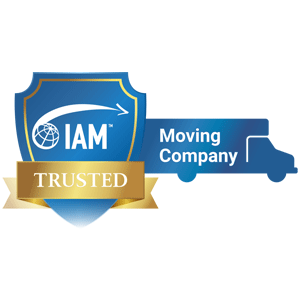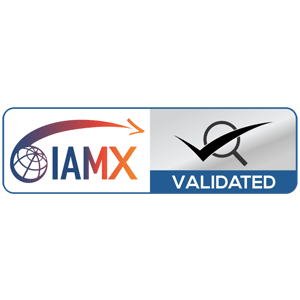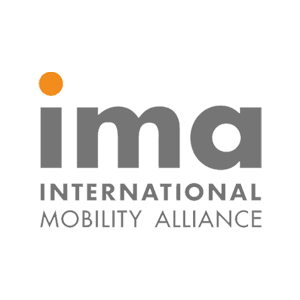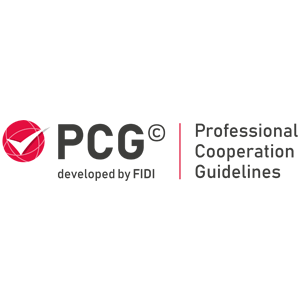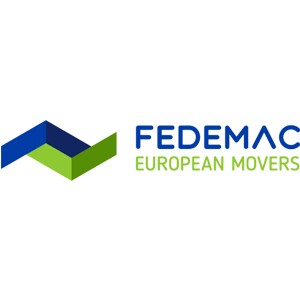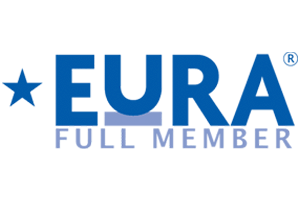
Tips for a Cost-Effective Office Relocation
In a competitive business, the necessity for office relocation can arise from various factors such as expansion, lease expiration, or strategic positioning. However, moving an office isn’t just about shifting furniture and equipment; it’s a complex process that requires thoughtful planning. Cost-effective office relocation becomes paramount for businesses that manage their finances wisely while ensuring a smooth transition to a new space. While relocation might seem daunting, understanding the importance of cost-saving during this process can make a substantial difference. Businesses often encounter multiple challenges during moves, ranging from unanticipated expenses to operational disruptions. Addressing these challenges requires a blend of strategy and foresight. By focusing on cost-effectiveness, businesses can reduce financial strain and ensure a successful and hassle-free move to their new premises.
Navigating Cost-Effective Office Relocation Quotes
One of the first steps in relocating an office is securing relocation quotes. Obtaining multiple quotes from various service providers is vital to understanding the market rates comprehensively. It not only helps in identifying the best value for your money but also provides negotiation leverage. While comparing quotes, it’s essential to look beyond the headline figures. Assess the services, including the moving company’s reputation and any additional benefits they might offer. It’s crucial to be vigilant about hidden fees. Often, the initial quote might seem attractive, but extra charges can lurk in the fine print. Always take the time to read through the terms and conditions thoroughly. Being meticulous in this phase can result in significant savings and a smoother relocation experience.

Timing is Everything: Strategize Your Move
A crucial aspect of successful office relocation is timing. Like many industries, the moving sector experiences peak and off-peak seasons. Opting for off-peak times can offer businesses significantly better rates. As a note from Pro Movers Miami suggests “Off-peak moves often result in more flexible schedules and reduced rates, giving businesses the advantage of cost savings.” Furthermore, they urge you to consider a weekend move. Relocating during these days can minimize disruptions, ensuring daily operations remain largely unaffected. This choice aids in maintaining productivity levels and ensuring continuity.
Planning well in advance helps anticipate potential challenges and avoid last-minute hitches. A proactive approach in strategizing your move eliminates unexpected expenses and provides peace of mind, making the entire process smoother and more efficient.
Ensure Adequate Insurance, Not Excess
Protection of valuable equipment, documents, and furniture is paramount during office relocation. As businesses explore insurance options, it’s essential to grasp the varied types available and how they cater to distinct needs. While it’s tempting to go all-in with the most comprehensive coverage, striking a balance is crucial. Aim for cost-effective insurance, but don’t compromise on providing ample protection. Being overly thrifty with insurance can lead to potential pitfalls. In the unfortunate event of damage or loss during the move, inadequate insurance can lead to significant financial setbacks. On the flip side, over-insuring results in unnecessary costs that you could allocate elsewhere. It’s all about finding that middle ground—ensuring your business assets are well-protected without overspending. Research, compare, and choose wisely to ensure your move is financially savvy and secure.

Declutter Before the Move: Save Space, Save Money
Relocating an office can bring about unexpected expenses, especially if you’re transporting items that no longer serve a purpose. Before you start packing, it’s wise to declutter the office first. By doing so, you create an opportunity to evaluate the necessity of every item. This process helps create a more organized and efficient new workspace and significantly reduces moving costs. A streamlined approach categorizes belongings into three main groups: those you can sell, those suitable for recycling, and those you might consider donating. Selling unused equipment or furniture can provide an added financial boost, while recycling and donating can be both environmentally and socially responsible. Remember, every item you choose not to move directly impacts your bottom line, resulting in reduced costs in transportation and setup.
Embrace Technology for Streamlined Processes
In the modern era, leveraging technology is a game-changer for many business operations, and office relocation is no exception. Using software tools can greatly improve project management by offering clear timelines, task assignments, and progress tracking, significantly reducing the stress of office relocation. Instead of manual logs and spreadsheets, employ mobile apps like Sortly and Magic Home Inventory, specifically designed for inventory management. These apps simplify the process of categorizing, labeling, and keeping tabs on every office item. By integrating technology into the relocation process, businesses can save considerable time. Moreover, the precision of tech-driven tools reduces the likelihood of errors, which can sometimes be costly in terms of money and time. In essence, integrating technology streamlines the entire moving process and offers greater accuracy and efficiency.

Dive into DIY: Packing and Unpacking
Embracing a DIY approach to packing and unpacking in the context of cost-effective office relocation might be a wise decision. While professional movers bring expertise, utilizing in-house staff for tasks like packing personal desks or creating a relocation to-do list leads to substantial savings. Employees familiar with office equipment and documents are best suited for managing them with care and understanding.
The financial benefits of DIY packing are evident, but it’s not just about cutting costs. Doing it yourself provides control over the packing process, allowing for custom solutions tailored to specific needs. An essential aspect of this approach is labeling. Organized and clear labeling ensures that unpacking at the new location is streamlined. It reduces downtime and ensures resuming operations efficiently. By combining in-house efforts with strategic planning, businesses can make relocation budget-friendly and efficient.
Reuse and Repurpose: Save on New Purchases
In the pursuit of cost-effective office relocation, the mantra of “reuse and repurpose” can be a game-changer. Often, businesses quickly discard old items in favor of brand-new purchases for their new space. However, a more budget-friendly and sustainable approach is to incorporate existing furniture and equipment. With some creativity, old items can get a fresh lease on life. For instance, an outdated bookshelf could be painted and transformed into a stylish divider. Repurposing doesn’t just add a unique flair to your new office but significantly reduces costs associated with buying new items. Beyond financial savings, reusing items also lowers the environmental footprint of the move. Make their relocation process eco-friendly and economical. It’s a win-win approach for companies and the environment.
After the Move: Efficiently Setting Up the New Space
Completing an office relocation is a significant achievement, but the real challenge often begins with setting up the new space. Prioritizing setup based on business needs is essential. Start with critical departments or teams that drive daily operations. It ensures that the company can resume its functions swiftly and minimize downtime. Another pitfall to watch out for is the lure of unnecessary purchases post-move. While the new space might seem like a blank canvas beckoning fresh items, utilizing what you already have is wise before buying additional assets. Emphasizing efficiency in space utilization is also vital. Think vertical storage solutions or multi-purpose furniture. Every square foot counts, especially in commercial spaces with steep rents. A well-thought-out setup fosters a productive environment and maximizes the returns on your relocation investment.
Conclusion
Cost-effective office relocation requires foresight, strategy, and informed decision-making. From leveraging technology to optimizing space and repurposing assets, every choice can significantly impact the bottom line. Remember, the goal isn’t just about cutting costs but ensuring value at every step. Businesses that embrace these principles save money and pave the way for a smoother transition to their new workspace. As you move forward, let these insights guide your relocation endeavors, ensuring fiscal prudence and operational efficiency.




















